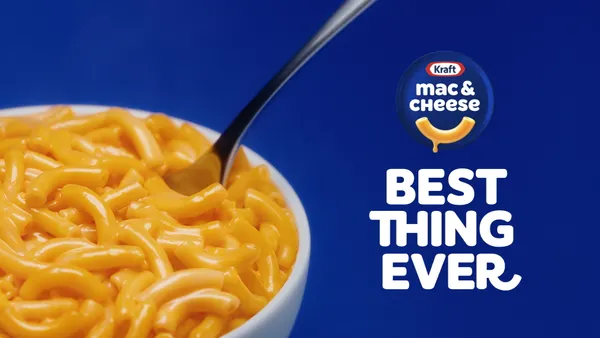Dive Brief:
- Automaker Lexus unveiled a "Letters" marketing campaign that features a 16 foot, 3-D installation by the artist Michael Murphy, a company news release announced. Murphy used 2,000 pieces of origami made from customer thank-you notes sent to Lexus dealerships to create a "perceptual" installation that takes the shape of the new 2018 LS sedan from one vantage point and the Lexus logo from another.
- Along with the 3-D art, Lexus created a 60-second video featuring real customers reading their letters as a craftsman folds and hangs them to form the installation. The brand is sharing the video on YouTube, Hulu and Pandora, as well as on other digital platforms.
- The Letters campaign is inspired by the Lexus Covenant, the company's customer service pledge to "value the customer as an important individual, to do things right the first time and to always exceed expectations," the release said. The installation is suspended 13 feet from the ground and was designed to be transportable to corporate events and dealerships around the country.
Dive Insight:
By using real-life thank-you notes for the Letters effort, Lexus is hoping to communicate authenticity in highlighting the strengths of its customer service and brand loyalty. Lexus has earned high marks for its reliability in the J.D. Power Vehicle Dependability Study, but struggled to connect with younger consumers who see the brand as too boring. The new ad lacks the flashiness of its recent "Black Panther" tie-ups and probably won't capture millennial and Gen Zers’ attention, but can help Lexus stay on solid footing with a more steady consumer base: baby boomers.
Lexus is also tapping into the fact that consumers increasingly put more trust in recommendations from friends, online reviews and influencers over traditional brand advertising. Other carmakers have found success using real people in ad campaigns. Chevy's ongoing "Real People, Not Ads" has helped the carmaker generate lots of buzz and win industry recognition and awards, per Ad Age.
Creating art installations to give life to a brand message or highlight a cause is something marketers continue to embrace as a way to make campaigns more experience-focused. Unilever recently created a 28-foot installation at The Oculus at Westfield World Trade Center in New York City featuring a female mannequin wearing a massive dress made from repurposed clothing and featuring statistics about clothing waste.












